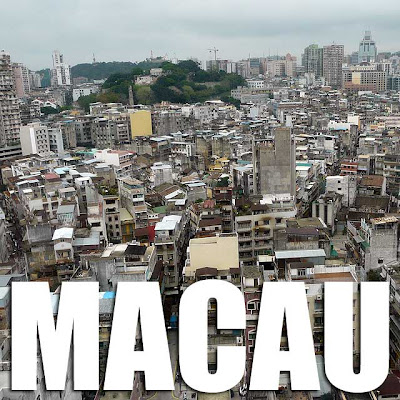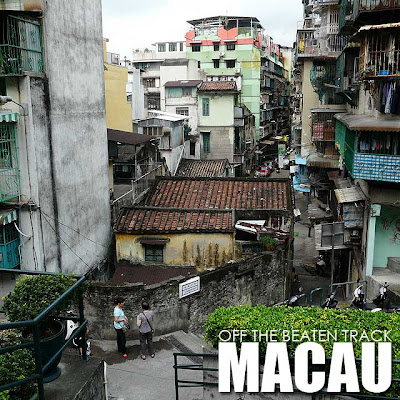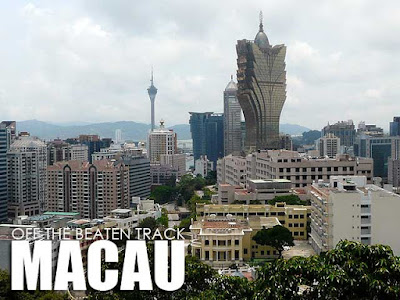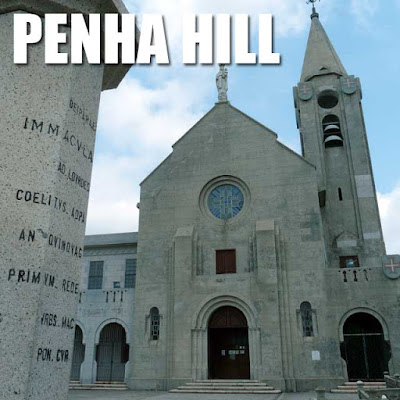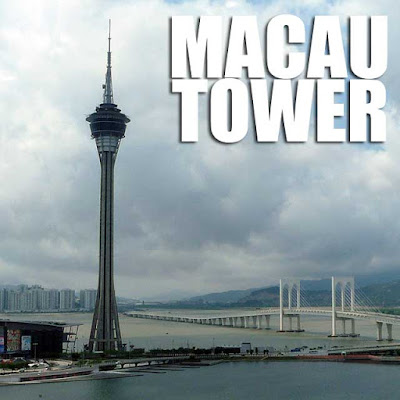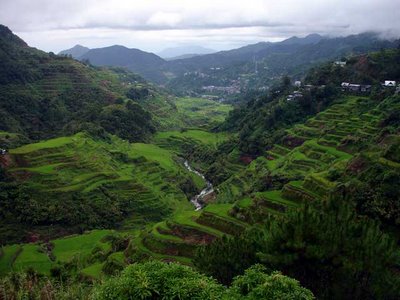
Batanes is no longer in the running for inscription in the UNESCO World Heritage List. That's unless the Provincial Government of Batanes shows even the slightest interest to have their beautiful province inscribed. Unfortunately, the local government failed to submit the requirements before the February 2010 deadline. So everything is back to square one!
But more urgent is the fact that as I write this entry, there are close to seven new concrete structures being built in the village of Savidug on Sabtang Island. I was shocked to see the construction frenzy during my trip early this month!

For those who are not familiar with Batanes heritage, the villages of Savidug and Chavayan on Sabtang Island are the two most intact villages of vernacular Ivatan architecture. They are showcases of the Sinadumparan and Maytuab styles of houses. These new hollow block houses being constructed will most definitely destroy the unique architectural fabric of Savidug. The mayor of Sabtang and the governor of Batanes should start moving and do something to preserve the distinct streetscape of Savidug.
According to Architect Joy Mananghaya of the UNESCO National Commission (UNACOM), "There are ordinances protecting the heritage of Batanes. Almost all municipalities have their own ordinance. There is a main ordinance which we had crafted while working on the nomination of the property in 2003. This is Ordinance No. 41 (Series 2002) which is An Ordinance Enacting the Conservation, Development and Management of the Natural and Cultural Heritage Sites in Batanes and Providing Funds Thereof.
"And there are local ordinances in Sabtang such as Ordinance No. 95-05 which is An Ordinance Providing for the Maintenance, Protection and Conservation of a Protected Area along the National Road in Sabtang and Ordinance No. 97-002 which is An Ordinance Establishing the Municipality of Sabtang as a Heritage Island/Village and Creating for this Purpose a Sabtang Municipal Eco-Tourism and Heritage Council. Another local legislation is Resolution 2001-033 which is A Resolution Designating the Cultural and Natural Heritage of the Municipality of Sabtang."

If the local governments of Sabtang and Batanes even care about the inscription in the UNESCO World Heritage List, or at the very least, are interested in preserving the local heritage of Batanes, they better do something to halt these new constructions and make sure they conform with the architectural styles prescribed in the said ordinances.
In fact, UNACOM had already called the attention of Batanes last year regarding another important site, the Racuaydi Nakavajayan (Fountain of Youth) in Mahatao, where the municipal government undertook some new constructions (think cheap looking pools). A letter was sent to Batanes sometime August or September 2009 but the governor did not respond to the said communication.

The nomination of Batanes to the UNESCO World Heritage List started in 2003. In 2005, it was put on deferred status. By 2007, it was on referred status. There had already been a lot of resources poured into the nomination. So far, all the needed information had already been generated and was at hand as early as 2008. All the province had to do was to come up with the dossier. Since the deadline date for submitting the requirements of ICOMOS and the Committee had lapsed, the process of nomination will have to start all over again. However, a new nomination will only happen if the province, particularly its governor and congressman, are receptive to the preparation of a new dossier.
So in the meantime, let's keep our eye on the Mount Hamiguitan Range Wildlife Sanctuary in Davao Oriental which is up for nomination this year to the UNESCO World Heritge List with Batanes now sidetracked as a result of the inaction of their local officials.

